In a vegetable garden, the choice of soil type is crucial for the health and productivity of your plants. Different soil types have varying drainage, nutrient-holding capacity, and structure.
In this post, we dig into various aspects of soil health and management that can impact your veggie garden’s productivity. We also explore optimal soil makeup for growing vegetables and how certain plants prefer certain types of soil.
Common Soil Types
There are four main factors that influence the health of your soil:
- Texture: the proportions of sand, silt, and clay affect how your soil retains water and nutrients. A balanced mix creates an ideal environment for most plants to grow.
- pH levels: different vegetables (and other plants) require specific soil acidity or alkalinity (pH levels) to thrive. To determine which plants are best suited for your garden and/or to decide if you need to amend your soil acidity, you can test your soil pH. Read more about testing your soil pH here!
- Nutrient content: essential nutrients like nitrogen, phosphorus, potassium (NPK), calcium, and magnesium play vital roles in plant development. When you feed your garden beds regularly with organic matter (e.g. compost), you can ensure healthy plant growth.
- Biodiversity: healthy soils host millions of microorganisms that contribute to the nutrient content and fertility of your garden. Larger creatures like earthworms aerate the ground by creating tunnels.
Loam soil is often considered ideal for vegetable gardening because it has a balanced mix of sand, silt, and clay. It provides good drainage while retaining moisture and nutrients. Loam soil is easy to work with and provides a hospitable environment for most vegetable plants.
Sandy Soil has larger particles and drains quickly, making it suitable for early-season planting as it warms up faster in spring. However, sandy soil tends to have lower nutrient retention, so adding organic matter and fertilizers is important to enhance its fertility.
Clay Soil has smaller particles, which can lead to poor drainage and compaction when wet, but it is nutrient-rich. Improving clay soil involves adding organic matter like compost to improve its structure and drainage. Raised beds or containers can also help manage drainage issues.
Silt Soil is fine-textured and holds moisture well but can become compacted. It has a good nutrient-holding capacity, and mixing in organic matter can help improve its structure and drainage.
Peat Soil is made up of partially decomposed organic matter and is high in acidity. It retains moisture well but can become compacted and poorly drained. It’s often mixed with other soil types to improve its structure.
Chalky Soil (or alkaline soil) is characterized by its high pH and contains a significant amount of calcium carbonate. This type of soil can lead to nutrient deficiencies in plants due to the reduced availability of certain minerals. Adding organic matter and acidifying amendments can help mitigate the pH issues.
Saline Soil (sandy-loam soil) has a high salt content, which can be detrimental to most plants. Unsuitable plants grown in these soils can struggle due to reduced water uptake and increased salt stress.
How to Determine your Soil Type
When planning your vegetable garden, it’s a good idea to perform a soil test to determine your soil’s pH, nutrient levels, and composition. This information will guide you in making necessary amendments and adjustments to ensure optimal growing conditions for your chosen vegetables.
To determine your garden’s soil composition, you can perform a simple jar test at home.
- Fill a jar with water and add a sample of your garden’s soil.
- Shake it vigorously before letting it settle overnight.
The layers that form will indicate the proportions of sand (bottom), silt (middle), and clay (top) present in your garden’s soil.
To test your garden’s pH composition, you can buy a simple test at your local garden center (or online) – or send a soil sample to a lab.
Depending on the results, you may want to amend your soil before planting. This can help to improve nutrient content, pH levels, structure, and water retention – and ensure optimal conditions for plant growth.
Pros and Cons of Different Soil Types (for Veggie Gardening)
Ideal Soil Type of Growing Vegetables: Loam
Loam soil has an ideal balance of sand, silt, and clay particles, which makes it the ideal soil type for gardening.
- The perfect mix of sand, silt, and clay particles allows for good aeration around plant roots.
- Loam holds on to essential nutrients like NPK (nitrogen, phosphorus, and potassium) better than sandy or clay soils.
- While loam drains excess water efficiently (and prevents root rot), it also retains enough moisture to keep plants hydrated between watering.
- Loam soil is easier to work with compared to heavy clay or loose sandy soils; their crumbly texture makes tilling and planting less labor-intensive.
- The well-draining yet moisture-retentive composition of loamy soil supports millions of small creatures that contribute to the overall fertility and structure necessary for vegetable gardening.
When we look at the benefits of loam soil for gardening, we see it improves plant health (and healthy plants in well-drained soil are less susceptible to pests and diseases), leading to better yields.
Vegetable Gardening in Clay Soil
While clay soil is not your “standard” ideal soil type for a veggie garden, some vegetables love it for it’s capacity to retain moisture – and the firm foundation it provides.
Besides, amending clay soil to make it more suitable for other types of vegetables doesn’t happen overnight. The first couple of years, it might be useful to look at vegetables that do well in clay, while you’re working on changing your soil type.
These vegetables should do well in well-managed clay soil:
- Lettuce, chard, snap beans, and other crops with shallow roots
- Broccoli, Brusses sprouts, cabbage, and other climbing plants
- Squash, zucchini and pumpkins seem to do well in any soil type – as long as you provide them with enough compost for nutrients.
As a general rule, in clay soils, you’ll want to improve drainage by adding organic matter like compost or aged manure. This also helps break up compacted areas.
Vegetable Gardening in Sandy Soil
In sandy soils, increase water retention by incorporating organic materials such as compost or peat moss into the top layer.
Finding the Perfect Vegetables for your Soil Type
Different vegetables thrive in specific types of soils due to their unique nutrient requirements. When you know which vegetables prefer certain soils, you can optimize your garden’s productivity and keep your soil healthy and your plants happy.
Planting Root Vegetables: in Sandy or Loam Soil
Root vegetables (e.g. carrots, beets, and radishes) generally prefer sandy or loamy soils as these allow their roots to grow deep. These soil types provide excellent drainage and prevent waterlogging around the root systems.
Examples of root vegetables and their preferred soil type:
- Carrots: well-drained sandy loam with a pH between 6.0-7.0
- Potatoes: loose, well-draining loam with a pH between 5.8-6.5
- Sweet potatoes: light-textured sandy loam with a pH between 5.8-6.2
Growing Leafy Greens in Nitrogen-Rich (Loam) Soils
Leafy greens (e.g. lettuce, spinach, kale, and Swiss chard) typically favor nitrogen-rich soils. The nitrogen helps with rapid leaf growth – and tender young greens are perfect for consumption.
Examples leafy greens and their soil type preferences:
- Lettuce: well-drained loam with a pH between 6.0-7.0 and high nitrogen content
- Spinach: fertile, well-draining loam with a pH between 6.5-7.5 and moderate nitrogen levels
- Kale: nutrient-rich, well-draining loam with a pH between 6.0-7.5 and ample organic matter
Note: do not over-fertilize, as excessive nitrogen can lead to a bitter taste in the leaves and affect the overall quality of your produce.
Amending your Vegetable Garden’s Soil
Amending the soil with compost, organic matter, and appropriate fertilizers can help tailor the soil to the specific needs of your vegetable crops. You’ll read more about when and how to do that in this article!
Understanding soil type is crucial for any vegetable gardener looking to maximize their yields and promote plant health. By considering factors such as composition, pH levels, and nutrient content, gardeners can tailor their soil management techniques to the specific needs of different vegetables.
Whether you’re adding organic matter to improve soil structure or incorporating trees into your garden design, there are many ways to enhance your soil’s health and productivity. By monitoring earthworm populations and regularly assessing your soil’s condition, you can ensure that it remains fertile for years to come.

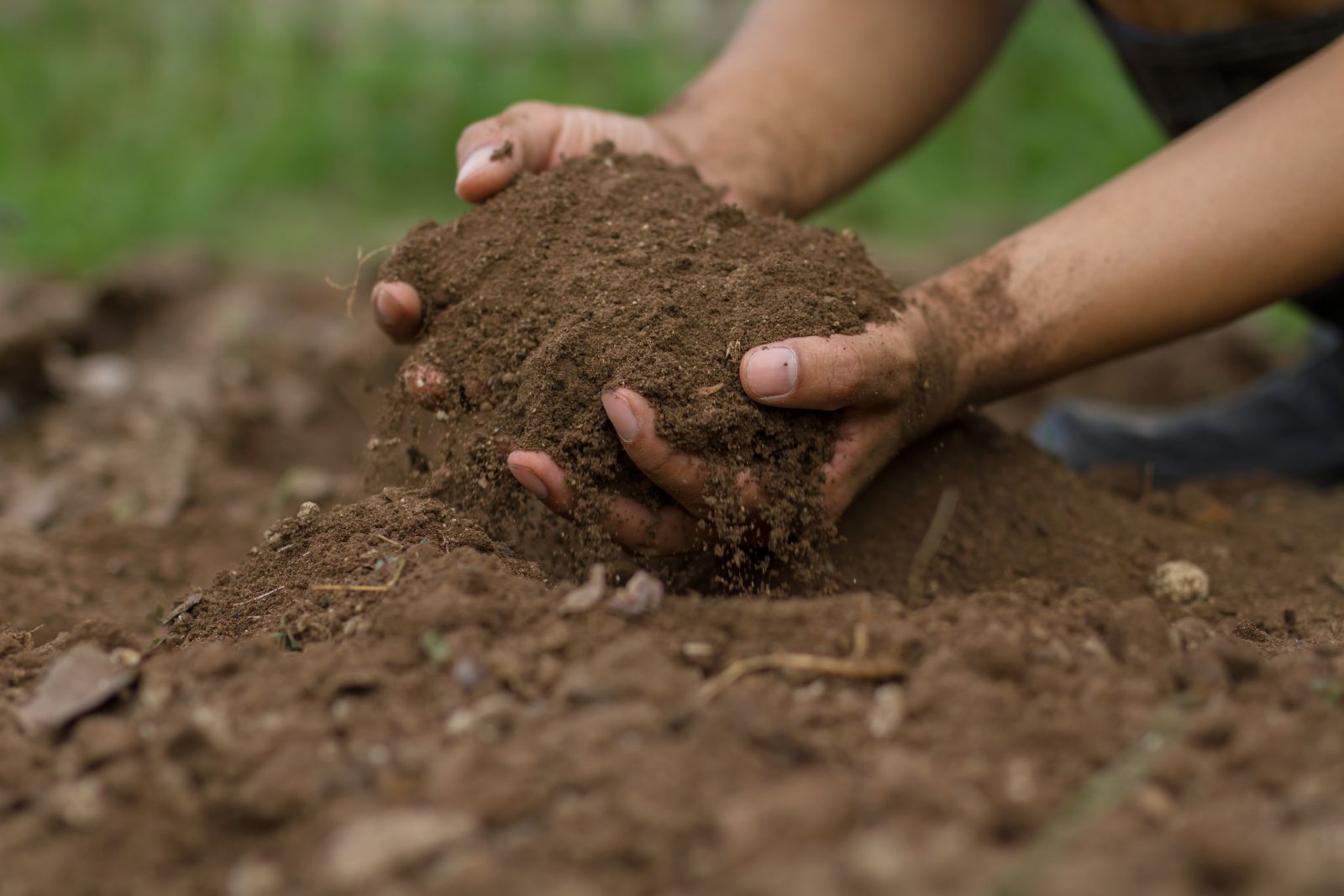
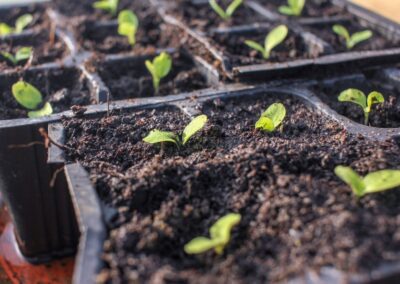
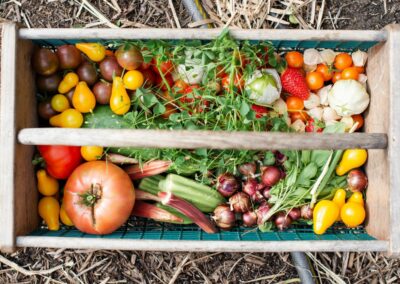
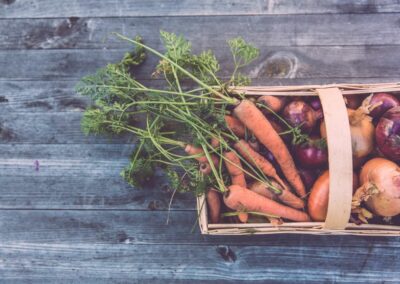
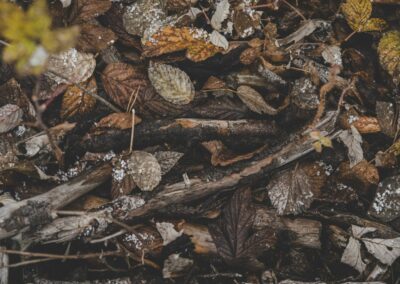
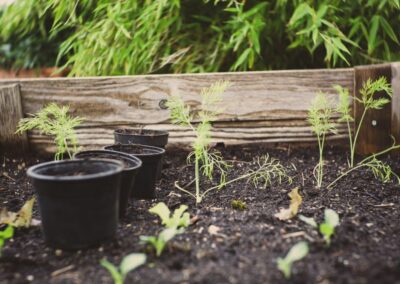

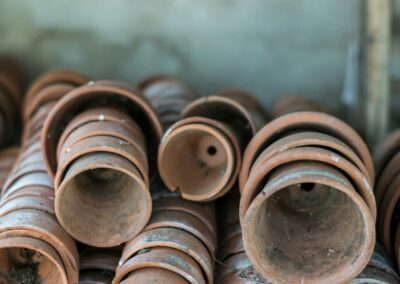
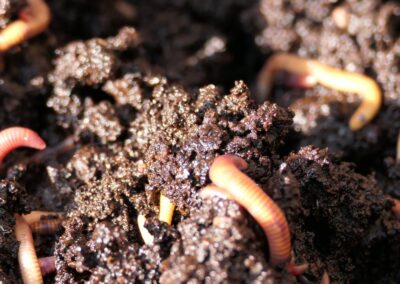
0 Comments